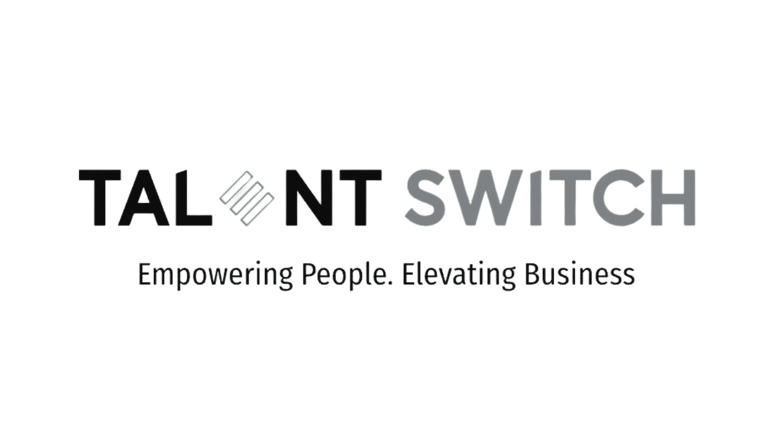Tackling HR Challenges: Solutions for Malaysian SMEs
6/25/20252 min read


Understanding the HR Challenges Faced by Malaysian SMEs
In the dynamic business landscape of Malaysia, small and medium enterprises (SMEs) play a pivotal role. However, these smaller businesses often encounter unique human resource (HR) challenges that can significantly hinder their growth. Among these challenges, budget constraints, employee retention, and effective workforce planning stand out as the primary concerns for many SMEs.
Budget Constraints: The Tightrope for SMEs
One of the most pressing HR challenges faced by Malaysian SMEs is navigating budget constraints. Limited resources often result in smaller teams and less funding for employee training and development programs. This lack of investment not only affects employee morale but can also lead to skill gaps over time.
To tackle this challenge, SMEs can consider implementing cost-effective training methods such as online courses or workshops that require minimal investment. Moreover, promoting a culture of continuous learning within the organization can help employees grow without necessitating large financial outlays. A motivated team can often do more with less, ultimately enhancing productivity despite budget limitations.
Retention: Keeping Top Talent in the Company
Another significant hurdle is employee retention. For Malaysian SMEs, losing experienced team members can be detrimental, especially when the hiring pool is limited. High turnover rates not only impact operational efficiency but also incur additional recruitment costs.
To improve retention, SMEs should focus on creating a positive work environment that values employee input and fosters loyalty. This includes offering competitive benefits, recognizing employee achievements, and maintaining open lines of communication. By actively engaging employees and understanding their needs, businesses can retain top talent and minimize turnover rates.
Workforce Planning: Preparing for Future Needs
Effective workforce planning is crucial for the sustainability of SMEs. Many smaller businesses struggle to forecast their future staffing needs, leading to either overstaffing or understaffing issues. This misalignment can disrupt productivity and affect service delivery.
To enhance workforce planning, Malaysian SMEs should leverage data analytics to assess current staffing levels and predict future needs. Utilizing these insights can help businesses align their labor force with strategic goals. Additionally, creating flexible work arrangements can help accommodate fluctuations in staffing requirements while also attracting a diverse talent pool.
In conclusion, Malaysian SMEs face a unique set of HR challenges that can complicate their growth trajectory. By addressing budget constraints effectively, focusing on employee retention strategies, and investing in robust workforce planning, these smaller businesses can build a resilient foundation. It’s about finding creative solutions and empowering employees to create a thriving work environment, even in the face of limited resources.
